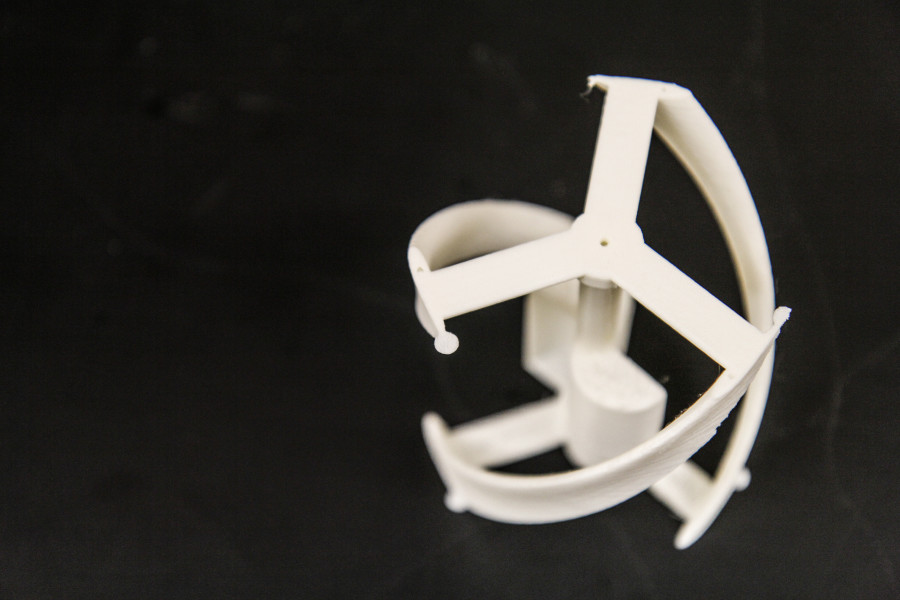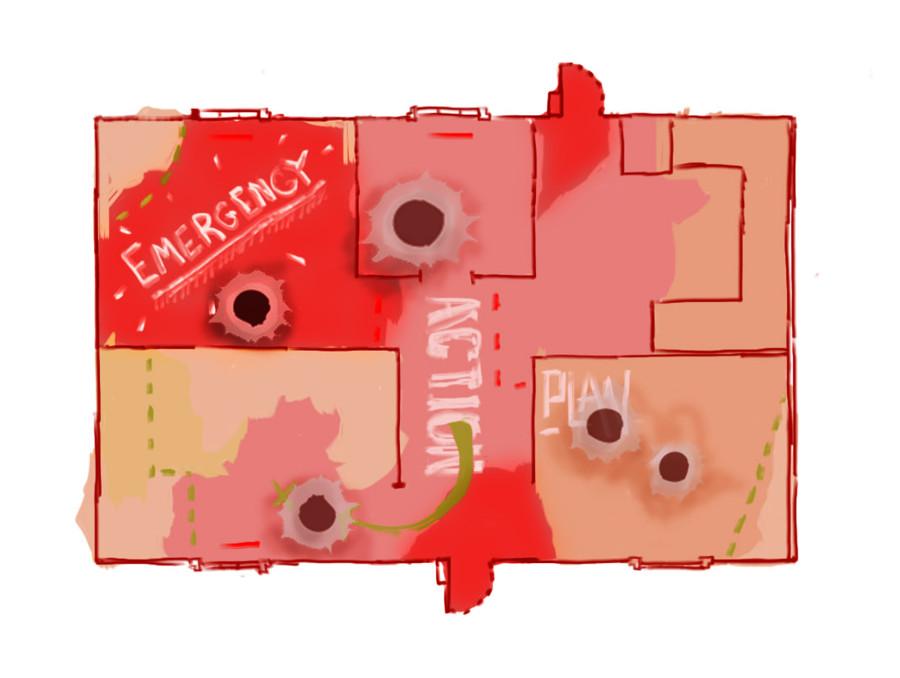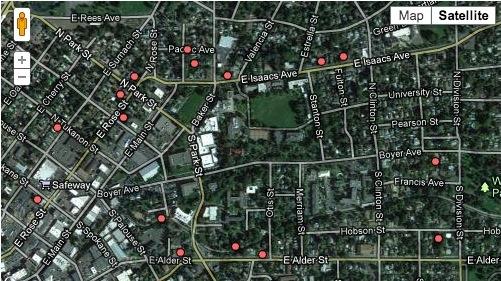Looking to get off campus and enjoy the natural beauty around Walla Walla? Whether you’re a seasoned backpacker or someone looking to kill a few hours on a Saturday afternoon, we have trail suggestions for you. More information, including guidebooks and trails maps for almost all of the areas listed here can be found in the Outdoor Program rental shop during their operating hours. Please note that many trailheads require a Northwest Forests Pass, which can be purchased from a Forest Service office.
While we strive to be accurate and comprehensive, conditions on roads and trails can change, especially during late fall, winter and early spring. This resource should be used as a guide only: please consult a trail map or guidebook before departing and check trail conditions, especially for early or late-season hiking. If you have suggestions for improving this guide, please email us.
Day hikes within 40 miles of campus
Bennington Lake
It might surprise some students to know that Bennington Lake, located just north of Walla Walla, is home to 20 miles of trails and a good amount of wildlife. The Mill Creek Bike Path also goes through the area. If you need a hike that’s close to campus, Bennington is only about ten minutes by car.
Directions: Follow Boyer east (it curves around a bit) until you reach Tacoma Street. Take a right and take that east of campus until you get to Tausick road. Take a right, and then a quick left onto Reservoir Road. Follow Reservoir Road until it gets to Bennington Lake.
Harris Park
About a 30 minute drive from Walla Walla, this is probably one of the better-known hikes in the area. Located about half an hour outside of town, this flat and well-maintained trail is hikeable from early spring to late fall. Four miles in, the train intersects with Bear Creek Trail, and six miles in, you can head towards Tigers Meadow Campground.
Directions: Take Highway 11 through Milton-Freewater. At the south end of town, turn left onto Walla Walla River Road. Follow the signs to Harris Park.

Juniper Canyon
Juniper Canyon is only a 40-minute drive west of Walla Walla, which makes it a good place to spend an afternoon. There’s a sand dune on a hillside above a creek where hikers can both climb and relax. The canyon is part of McNary National Wildlife Refuge and has no maintained trails, but hikers are welcome to explore the area.
Directions: Follow Highway 12 west towards Pasco, and continue onto highway 730/395 into Oregon. The canyon is marked and on the opposite side of the highway. There’s a small area to pull in and park.

Tiger Canyon Loop
Tiger Canyon Loop is accessible from Whitman’s Johnston Wilderness Campus and College Cabin. It’s highly recommended by Bob Carson, professor of geology and environmental studies. Because of the high elevation, the hike remains cool during the summer and features excellent views of Umatilla National Forest.
Directions: Take Isaacs Street to Mill Creek Road. The road goes east and southeast to the Umatilla National Forest. Take Tiger Canyon Road at a junction between several dirt roads. Park and hike south on the road until you reach a trail going off to the right. The trail heads towards the north fork of the Walla Walla, then turn right and hike north up the river. The last right turn should be onto a forest service road which should lead back to your car.
It is recommended to hike counterclockwise on this loop to avoid missing one of the junctions. Get a forest service map before doing this hike.
Day hikes and backpacking farther from campus
Wenaha-Tucannon Wilderness
The Wenaha-Tucannon Wilderness was created by the Endangered American Wilderness Act of 1978, and has over 200 miles of trail. There are a variety of trails off of Forest Road 46, though Outdoor Program members recommend the Teepee Trail hike to Oregon Butte, which has a lookout tower. The area is accessible from June to November. For a map of the area, stop by the National Forest Service Office at 1415 W Rose St.
The area can also be accessed during hiking season by driving past Bluewood Ski area. The ridgeline past Bluewood is the boundary between the wilderness and non-wilderness area, and offers a number of options, including camping and hiking.
Directions: Take Highway 12 east from Walla Walla to Dayton. In Dayton, take 4th Street south off Highway 12 for about four blocks. Turn east onto the Eckler Mountain Road (also the road to the city cemetery). Follow the road about 16 miles to the National Forest Boundary. Follow Forest Road #46 for 12 miles to Godman Guard Station. Turn left on Road #4608. Follow the road for 7 miles, taking all rights. Take East Butte Trail #3112 to the East Fork of Butte Creek.
North Fork Umatilla Wilderness
Located 30 miles east of Pendleton, the North Fork trail follows the Umatilla River through the Blue Mountain range in Oregon. The close proximity to Walla Walla makes it a good day hike; it’s also a popular fishing spot. There are a number of trails in the wilderness area, and a Nowthwest Forest Pass is required at all trailheads. A list of specific hikes and other recreation activities can be found here.
Directions: Take WA-125/OR-11 through Milton-Freewater. Take the ramp onto OR-204 E/Weston-Elgin Highway. The highway has turn-offs for a number of Forest Service roads–consult a guidebook or trail map for specific destinations.

Eagle Cap Wilderness
Eagle Cap, part of the Wallowa mountain range in northeastern Oregon, is about a 2.5 hour drive from Walla Walla.
Anthony Lakes North Fork of the John Day Wilderness
If you are looking for an overnighter, consider the 2 ½ hour drive to Anthony Lakes. The area offers a car campground and routes suitable for backpacking and hiking. It also has the highest base elevation of any ski area in Oregon, just over 7,000 feet.
Directions: Take highway 12 to Columbia river and then head south on Interstate 730 down towards the gorge. Head south on the 82 and then East on the 84. Get off at the North Powder exit and take Anthony Lake Rd. West.





